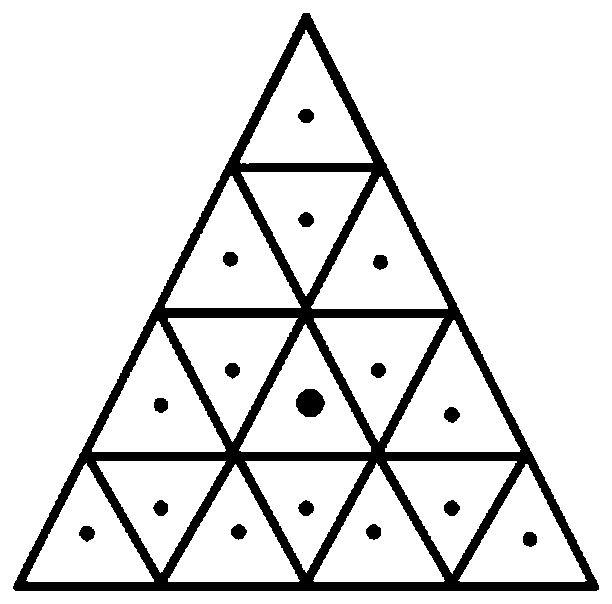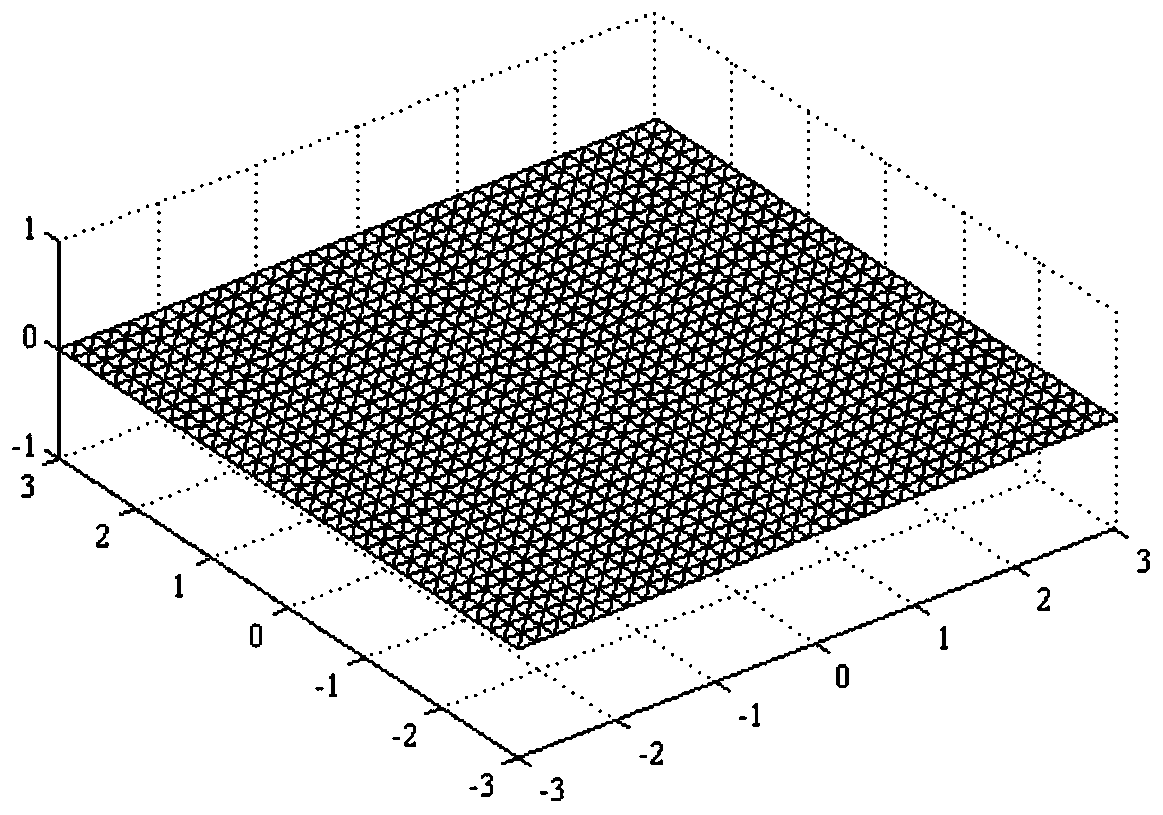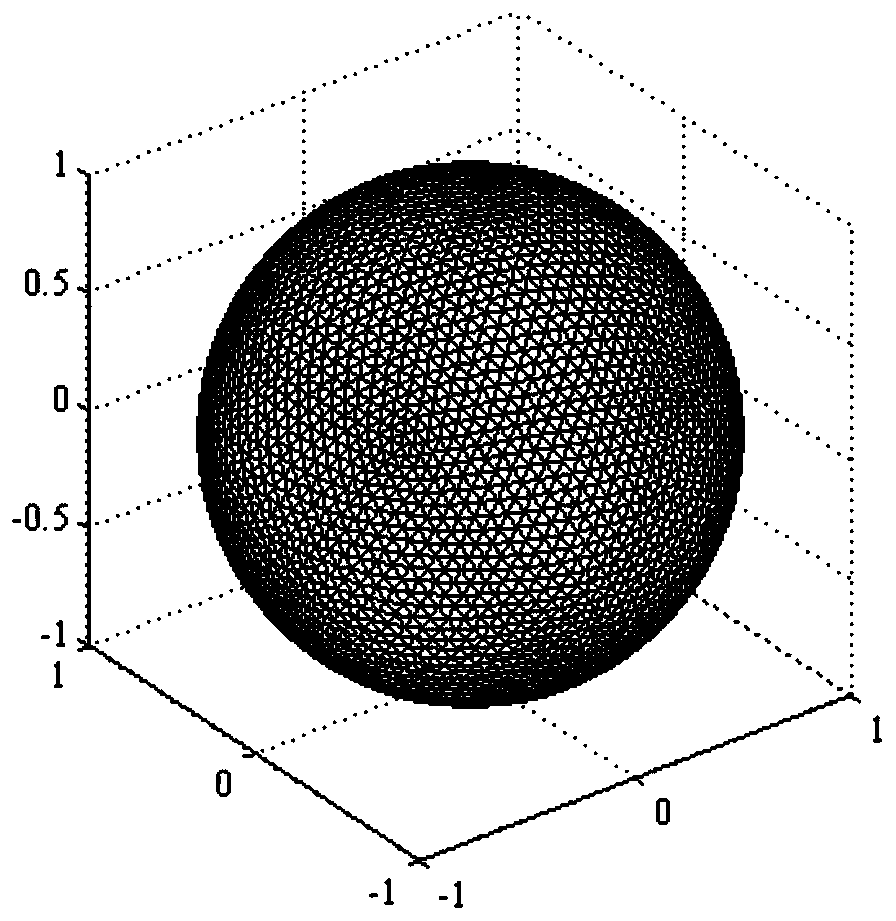Method for solving electromagnetic scattering of electric large object through wavelet moment method of centroid segmentation
A technology of electromagnetic scattering and wavelet moments, applied in the field of computational electromagnetics, to achieve the effect of reducing calculation time
- Summary
- Abstract
- Description
- Claims
- Application Information
AI Technical Summary
Problems solved by technology
Method used
Image
Examples
specific Embodiment 1
[0056] To calculate the electromagnetic scattering of an electrically large object, we first need to obtain the relationship between the scattered electric field and the induced current according to the potential function theory as follows
[0057]
[0058] where A(r) represents the magnetic vector position, Indicates the electric scale position, the expression of A(r)
[0059]
[0060] The expression is
[0061]
[0062] J(r) represents the equivalent current on the target surface, G(R) represents the Green's function in free space, where the Green's function is η is the wave impedance in free space, k is the propagation constant in free space, R is the distance from the field point to the origin, and the integration area is the surface where the source current is located, that is, the surface of the scatterer. Substitute (15) and (16) into (14) to get:
[0063]
[0064] L represents the operator for calculating the electric field radiation from the current...
specific Embodiment 2
[0083] Aiming at the problem that the impedance matrix formed when solving the electromagnetic scattering characteristics of electrically large objects is complex and difficult to solve directly, the present invention proposes a calculation method for efficiently filling and thinning the impedance matrix.
[0084] Establish the electric field integral equation based on an ideal conductor:
[0085] (1) Through the potential function theory, we can get the relationship between the scattered electric field and the induced current as follows:
[0086]
[0087] Among them, using the centroid segmentation method, the magnetic vector potential and electric scalar potential can be written as
[0088]
[0089]
[0090] Substituting equations (28) and (29) into (27), we can get
[0091]
[0092] (2) The boundary condition of the ideal conductor surface requires that the tangential component of the electric field at the conductor surface is zero, that is
[0093]
[0094...
PUM
 Login to View More
Login to View More Abstract
Description
Claims
Application Information
 Login to View More
Login to View More - R&D
- Intellectual Property
- Life Sciences
- Materials
- Tech Scout
- Unparalleled Data Quality
- Higher Quality Content
- 60% Fewer Hallucinations
Browse by: Latest US Patents, China's latest patents, Technical Efficacy Thesaurus, Application Domain, Technology Topic, Popular Technical Reports.
© 2025 PatSnap. All rights reserved.Legal|Privacy policy|Modern Slavery Act Transparency Statement|Sitemap|About US| Contact US: help@patsnap.com



